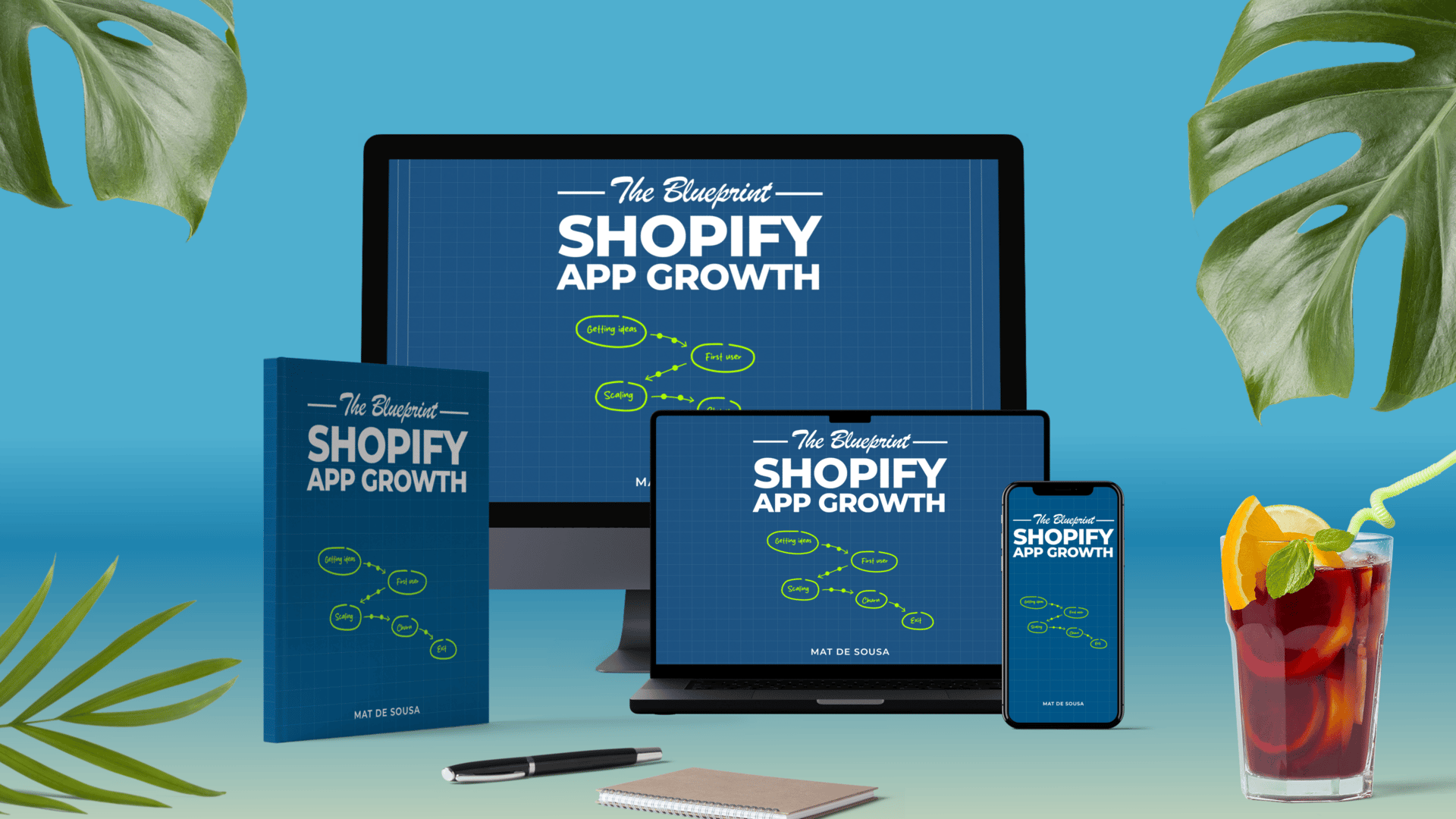- Building A Successful Shopify App
- Posts
- BSSA #129 - Don't miss these for your App EXIT
BSSA #129 - Don't miss these for your App EXIT

Hello there, how are you doing?
Sorry I missed last week's newsletter, I was too busy 😬
In today’s email we’re going to talk about:
Some updates from my Shopify App
How to analyze data after a change in UX?
If you’re building a Shopify app for the EXIT, here is what you should do
Let’s go! 🔥
Grow your Shopify App from $0 MRR to a 7-figure EXIT

If you want to get the whole theory on how to grow a successful Shopify App from $0 MRR to a 7-figure EXIT, grab the Shopify App Growth Blueprint.
Some updates from my Shopify App
Recently, I decided to refocus on the French market.
It has always been my biggest market, but over the years, I noticed it started to slowly decrease. The audience changed. New merchants arrived, and many of them don’t even know what WideBundle is. So I told myself it’s time to go back.
I created a new social media account in French. I started joining more communities. I began attending French events again, even more than I used to.
The goal is simple: show what WideBundle is today. Show it to people who weren’t there when we started.
And honestly, this is something every app founder should do. You have to look at what you already have that others don’t. What’s your unfair advantage?
For me, it’s language.
When you speak a language, you don’t just know the words. You know the culture, the humor, the timing, the little frustrations that people have. You know what they want to hear, what they care about, and how they make decisions.
That’s a superpower.
You can create videos, articles, helpdesk tutorials, and support in that language. You can show up at local events. You can speak directly to the people who might use your app.
And here’s the thing: many merchants will choose your app not because it has more features, but because you speak their language. Because you make them feel understood.
That alone can be your growth strategy.
At the same time, we’re preparing for the biggest moment of the year, Black Friday.
I had a big roadmap in mind, but I realized I couldn’t finish everything on time with the current team. So a few weeks ago, I decided to hire a new developer to speed things up.
It worked.
We’re now shipping way more features in parallel. The goal is to have everything ready by the end of October, so merchants have time to prepare.
And that new developer is not here to stay forever, just a few months.
Sometimes people think that hiring means keeping someone long term. But that’s not always true.
If you have a specific need for two or three months, hire for that period. Even if you have to take a bit of risk. It’s an investment. You’re buying speed.
You can do this for support, marketing, design, or development. You don’t always need permanent hires. You just need help to move faster at the right moment.
That’s exactly what I did.
We also spent the last few weeks working deeply on the UX.
We analyzed everything: metrics, page conversions, time spent between steps, and we used Hotjar to watch real sessions.
It’s always fascinating. You think people use your app one way until you watch them. Then you realize they get lost somewhere you didn’t expect, or they click where they shouldn’t.
So we started redesigning parts of the dashboard.
The goal is always the same, make users see the value as fast as possible without missing features. As you add more functionality, your app naturally becomes more complex, and the only way to keep it usable is to keep improving the UX.
We’ve done this multiple times in the last five years. Every redesign helps us get closer to that balance between clarity and power.
And that’s the part most people underestimate. It’s not just about adding features. It’s about making sure those features actually get used.
So that’s where I’m at right now.
Rebuilding my local market. Hiring temporary help to go faster. Improving the UX so we stay simple as we grow.
The lesson?
Use what you already have to your advantage.
Hire for speed when you need it.
And keep making your app easier to use as it becomes more powerful.
That’s how you keep momentum, even years after launch.
How to analyze data after a change in UX?
So let’s say I just changed a page in my app. Maybe it’s part of the onboarding, or inside the process where merchants create their first bundle.
I redesigned it because I thought it would make things easier. Better UX, faster setup, smoother flow.
At least that’s what I think.
But here’s the truth: until I look at the data, I have no idea if it actually worked.
And this is where most founders fail. They build, they ship, and they never check if it really made things better. Sometimes they even make it worse without realizing it.
The goal is simple: did the change improve the metrics, or not?